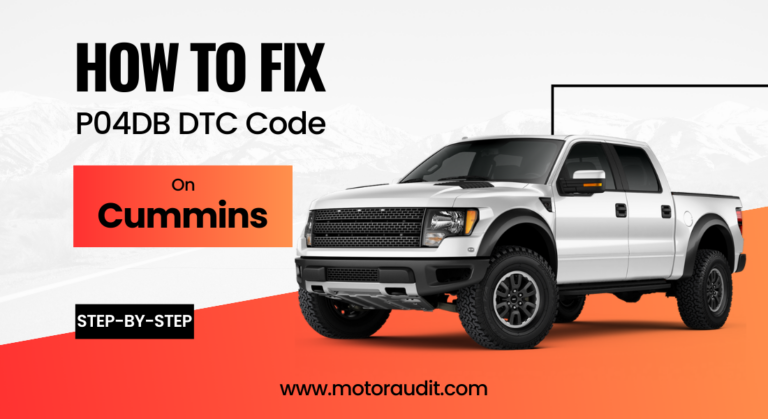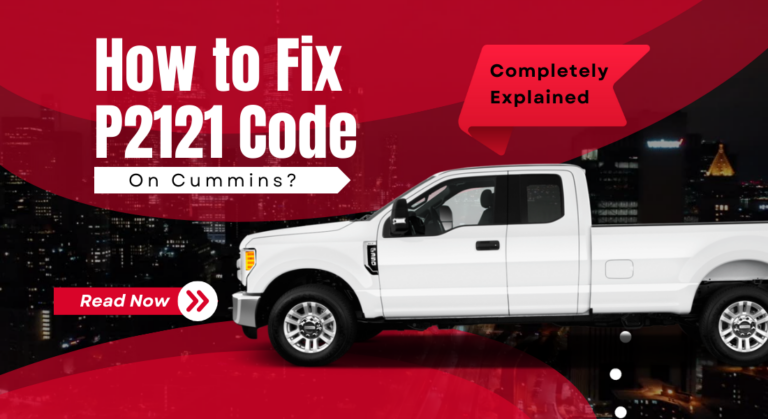Which Dodge Durango Years to Avoid and Why? (Explained)
The Dodge Durango of 2022 is a midsize SUV. This vehicle has a powerful V8 engine choice, solid engine performance, a big three-row interior, and sensible tech features, but it also has harsh handling and mediocre fuel efficiency, making it less than ideal for long road trips.
Since 1998, its 3 generations of vehicles have seen many bad models. The Dodge Durango years to avoid include 1999, 2004, 2007, 2011, 2013, 2014 and 2016. Most reported problems include engine problems, unexpected decreases in oil pressure and cases of the engine catching fire.
Why do you need to steer clear of these years? Which year’s versions are the best ones? Find out the answers to these questions below!
Dodge Durango Years to Avoid (List of Years)
1998 models were bombarded with complaints about unexpected decreases in oil pressure leading to engine failure and extensive damage. The Magnum V8 witnessed an upsurge in NHTSA reports in 1999. The reports were about engine failure while driving.
There were reports of engine failures that occurred both at a complete stop and in motion. The 2000 model year Durango showed an increase in these similar engine failure concerns. Though the numbers declined later.
The average repair bill for a 2004 Dodge Durango, according to Car Complaints, was $5,090. To address power brake failures, fuel pump issues, or electrical problems, the 2011 through 2014 model years were recalled.
What Are the Worst Years of Dodge Durango?
Here are the Dodge Durango years to avoid:
- 1999: Faulty engine brakes, transmissions, suspensions, etc.
- 2004: Airbag not deflating (was recalled), engine problems, stalled and oil-sludge-filled engine etc.
- 2007: Gasoline fuel system, airbag, engine.
- 2011: TIPM chip malfunctioning, causing several electrical issues. The engine stalling, misfiring and struggling to start.
- 2013: Electrical system, service brakes, service brakes, hydraulic system failures.
- 2014: Electrical system, sensors, service brakes, service brakes, hydraulic system failures.
- 2016: Bolts on the exhaust manifold breaking. During strong rainstorms, water passing through the cowl screen on the windshield, clogging of the exhaust gas recirculation (EGR) tube.
What Makes These Dodge Durango Years Worth Avoiding?
In the above section, I have discussed briefly what the usual problems are with different models. But in the following section, you will find the Dodge Durango problems briefly discussed:
1. Engine/Fuel System Failure:
Owners of the Dodge Durango have reported 72 engine failure issues. Some of these problems include the lifter and camshaft failing on 3.6 V6 engines. On the 2011-2015 Dodges, this has become a pretty common problem.
The engine may stop without warning, losing all power while driving it. When the car stops running, all of the electrical components get turned off. And the dashboard becomes blank.
The engine may make a loud knocking noise. A valve drop in the cylinder #3 is quite common. Valve or piston rod damage manifests as these symptoms.
The cowl under the windshield does not keep water out of the engine bay. The water pools on the engine, going into the coil-over-plugs (cop) and intake (gasket), causing stuttering, stalling, and engine failure.
This is a costly repair that also offers a safety risk. The estimated cost of repairing this is thousands of dollars for a new or used engine (USD 7000-10,000 approximately).
Recalls for a gasoline pump relay have been in effect since 2019. A vehicle engine stall while driving can cause a vehicle crash without prior notice. This was the main concern for the recall.
To start the vehicle, users had to press and hold down the electronic ignition switch. This causes the vehicle to crank multiple times before it stalled out altogether.
2. TIPM Failure:
Problems with the gasoline pump or battery are among the most common symptoms. A hard start is also a primary sign of TIPM failure.
The problem can be intermittent or complete. In this case, it is possible to have a system component stay on all the time, such as the fuel pump. Severe vibrations and a burning electrical odor are also present.
The fuel pump relay was relocated from the TIPM to a location on the passenger side inner fender as part of the recall. The new fuel pump relays have been known to fail even after the recall procedure was completed.
3. Oil Sludge Buildup:
The 4.7L is susceptible to sludge buildup. There is sludge in the oil because of coolant leaking at the intake and mixing with the oil. This requires frequent oil changes (once every 2000 miles or so).
Sludge may build up under the cap. Some users reported the use of synthetic oils like these to lower the problem.
Your intake manifold gasket may need to be checked. According to my research, this appears to be the primary factor in the accumulation of sludge. A Technical Service Bulletin has been issued by Chrysler to address the issue with the intake manifold gasket.
4. Brake Failure and Bad Ball Joints:
This problem poses serious safety issues. Normal application of the emergency brake cable results in a broken cable. A leak in the braking lines is the most common cause of failure.
The faulty brakes may even lock out the front tires. When the brake pedal is withdrawn, the internal piston of the master cylinder may not return to its resting position completely.
There may be a faulty flexible line between the chassis and the caliper. The interior lining can prevent fluid from returning to the braking system because of the reduced pressure, which keeps the caliper piston in place.
The ball joints are quite faulty too. As of 2006, Dodge trucks were recalled for this issue.
The suspension components manufacturer called Moog was able to solve this engineering issue. And for that model year, fixed the issue using a custom-made ball joint they manufactured themselves.
For the brakes, this is a very big SUV in which a failure or skidding of the wheels owing to lockup is a very serious safety concern. Additionally, their front seats are vulnerable and may cause serious injury while acceleration and deceleration.
5. Electrical System Failure:
A problem with Durango’s electrical system first surfaced on December 12, 2003. A malfunctioning circuit board caused a recall, the very first one. The problem was created by the wiring of the interior electrical system under the dashboard.
The second recall was triggered by faulty battery cables and an Overloading Panel. On the 7th of December, 2004, the recall occurred. Recalls in 2004 and 2007 were assigned the Campaign Numbers 04V578000 and 07V092000, respectively.
The 3.7L, 4.7L, and 5.7L engines used in the affected vehicles are all being recalled. This can be regarded as an identifying pattern too! The mounting bracket for the control arm is dangerously close to the positive battery wire.
Which Dodge Durango Years Are Safe to Buy Used?
The 2015, 2018, 2014, and 2020 Dodge Durango models are among the best. They were smooth in performance and had amazing features. This includes a Uconnect 8.4 system and heated leather seats.
For full-size SUVs, the Durango’s Reliability Rating is 3.5 out of 5.0, putting it in third place out of 14. The best years of the Durango are as follows;
- 2008 Dodge Durango
- 2009 Dodge Durango
- 2015 Dodge Durango
- 2016 Dodge Durango
- 2017 Dodge Durango
- 2019 Dodge Durango
- 2020 Dodge Durango
Conclusion
These SUVs are quite popular with families and other drivers alike. However, the maintenance expenditures are $675 per year, which indicates that the vehicle’s ownership costs are average.
So you must know about Dodge Durango years to avoid. And don’t get disheartened because there have been many best years too. I believe buying one model from those years will not disappoint you.
Related Posts:



